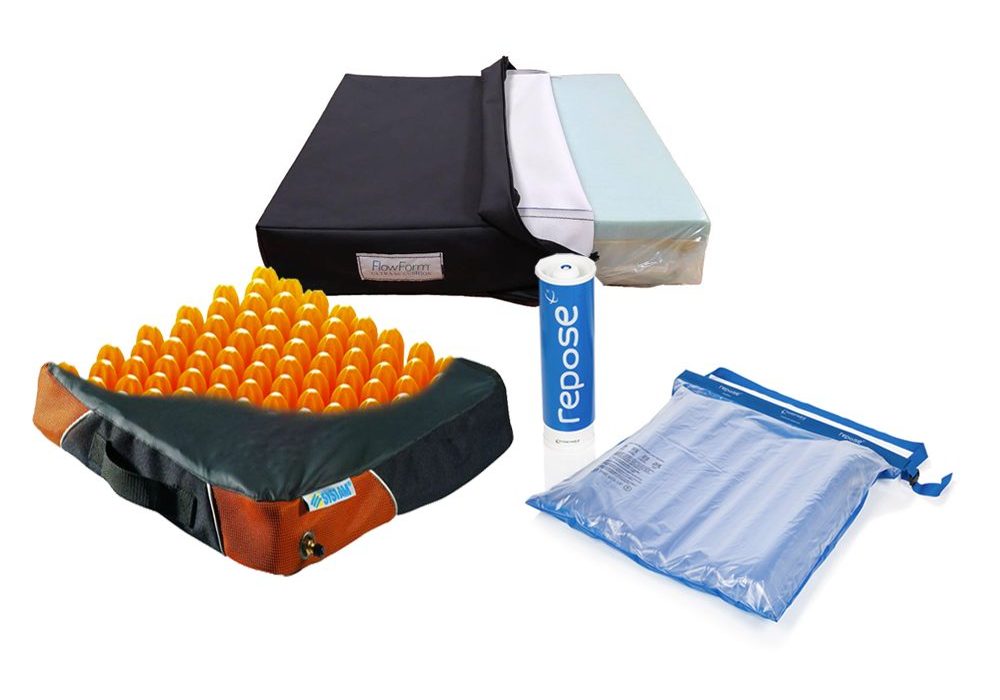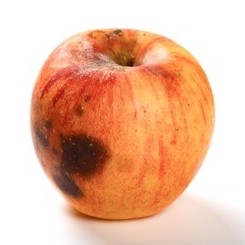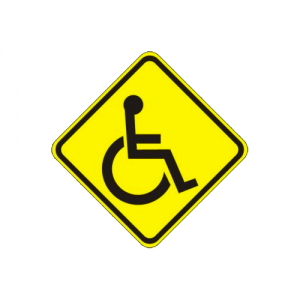A pressure sore can be common for wheelchair users or those seated for long periods in chairs or bed. Staying in the same position for too long significantly increases the risk of sores. Specialised cushions, along with other measures, really help to prevent these painful sores in the first place. Prevention is better than cure.
People with limited mobility are at the highest risk category of developing pressure sores and it is vital that carers keep an eye out for the early symptoms of skin damage. This can be localised pain or reddening of the skin in one area, most commonly the bony parts of ones bottom. Pressure sores are explained in detail in the other blog in this section. Anyone experiencing pain or reddening should contact their healthcare professional immediately, as a sore can progress from stage 1 to stage 4 in days. A stage 4 wound is open and deep, sometimes down to the bone.
How Do Cushions Reduce the Risk?
Proper medical cushions seriously reduce the risk of getting a pressure sore. A standard home cushion provides little or no support to reduce the risk as they bottom out. Bottoming out means that they provide short term relief but when the body has settled on the cushion, it is no longer providing relief.
Medical grade cushions work by spreading the contact area evenly over the seat thereby removing the contact pressure from a few bony areas. They can be made from foam, gel or air and all are effective. These cushions are graded to help people at the various stages or risk levels. Grade 1-4 stages are recognised in terms of an existing pressure sore and are at risk, low risk, medium risk to high risk, very high risk for those assessed at risk without an existing pressure sore. Both direct you to the level of cushion you will need. There is no point in someone with a grade 4 pressure sore or high risk need, purchasing a low-medium risk cushion.
Foam Cushions (Click to View Product Range)
These are most popular for the lower levels of need, although there are high risk foam cushions. Your OT or one of our experts can inform you what level of the various cushions will work for.
Gel Cushions (Click to View Product Range)
These cushions often cover medium to high risk, the gel allows movement beneath the cushion without the effects of friction. Friction itself can cause a tear in risked skin, so it’s important to ensure the correct cushion is prescribed.
Air Cushions (Click to View Product Range)
Air cushions are mostly covering high to very high risk. They encourage the elevation of the body entirely from the seating surface and this encourages blood flow which reduces the chance of pressure damage. Again your OT or Murray’s experts can help advise in this regard. Repose cushions are inexpensive and cover all categories from at-risk to very-high risk.
How Do I Choose the Correct Cushion?
The best way to ensure that you’ve got the right cushion to match your needs is to firstly get advice off your OT, or healthcare professional. We can also pair your needs with the most suitable cushion by asking questions to get an understanding of your risk category.






